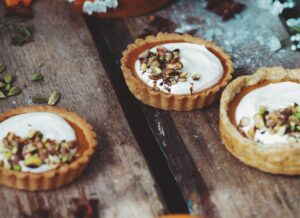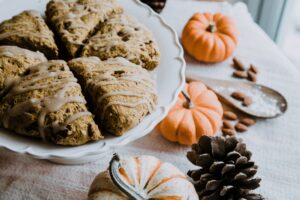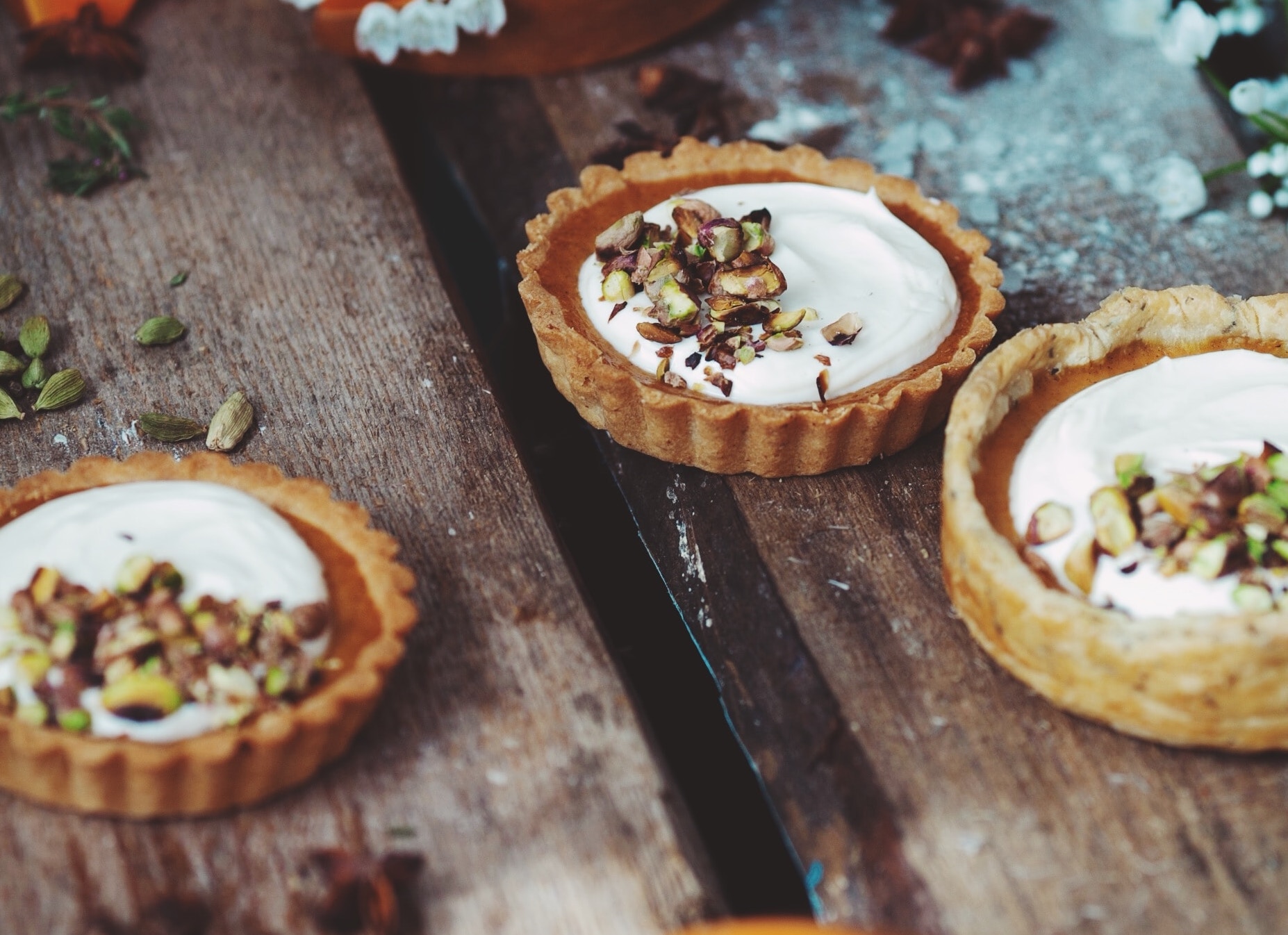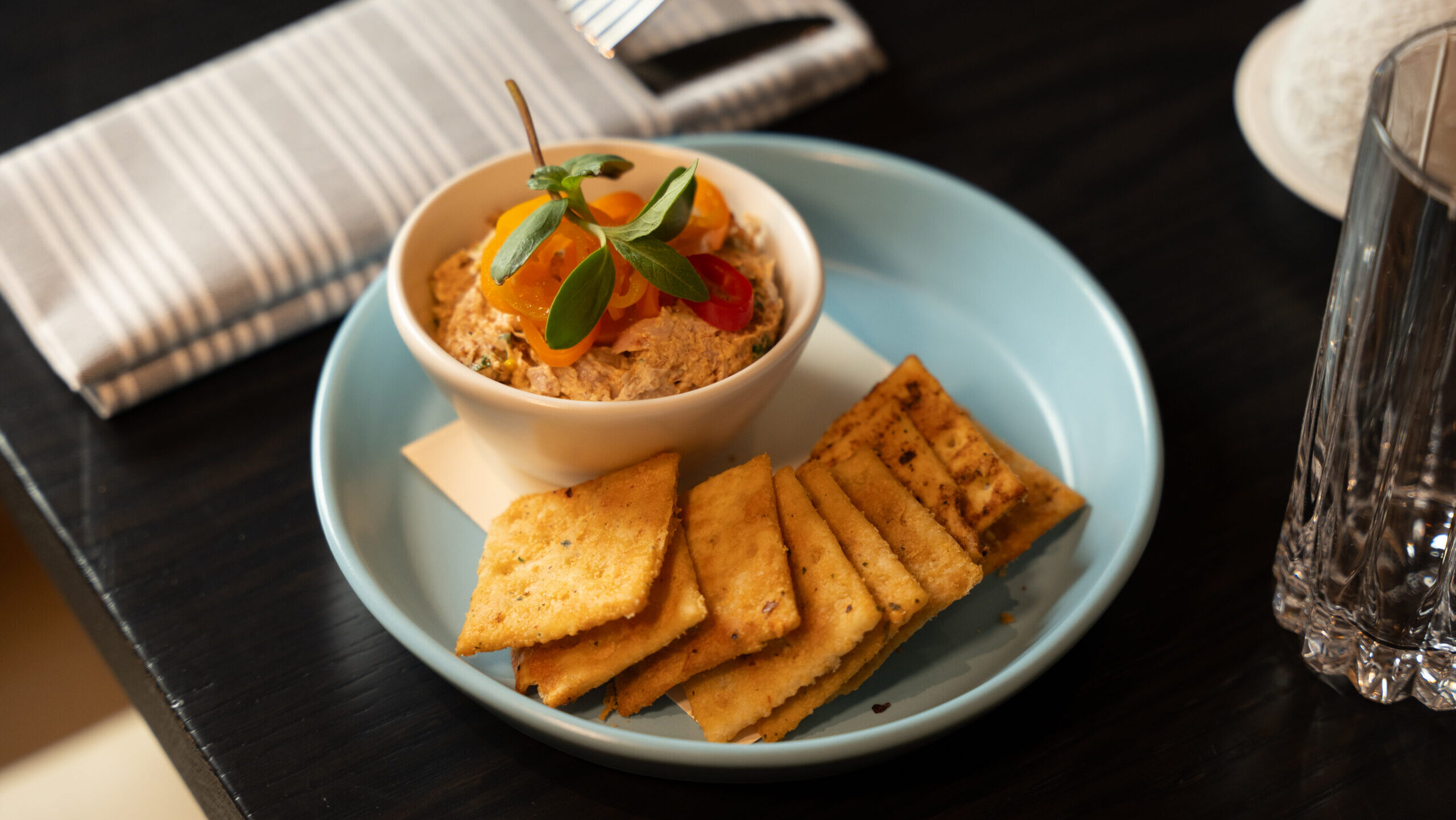We have an odd relationship with pumpkins. For many, the annual pumpkin harvest is reserved for carving or stacking as fall decorations. But eating them? Everyone knows pumpkin pie comes from a can.
Pumpkins, which are native to the Americas, have been cultivated as food for some 9,000 years. They were a key staple for Native Americans, who planted them with corn and legumes as “three sisters” that helped each other grow and thrive.
It wasn’t until after people began planting pumpkins in 16th century Europe that folks started cutting scary images into these gourds for All Hollows Eve.
Pumpkins belong to the botanical family which includes cucumbers and melons. But more to the point, they are winter squashes, akin to butternut and acorn varieties in texture, color, and culinary uses. There are nearly four dozen varieties of pumpkins, which come in different shapes, sizes, and colors.
Some are better to eat than others. The familiar big round orange variety is best left for jack-o-lanterns because the flesh is stringy, watery, and bland. Besides, those behemoths are difficult to stuff into an oven.

(Maria Orlova/Unsplash)
You want what’s generally known as sugar pumpkins, aka pie pumpkins. Smaller in size and with a higher sugar content and firmer flesh, they are particularly flavorful when baked, roasted, or grilled. Pumpkins also are Instant Pot-friendly.
Pureed or cut into cubes, they enhance both sweets and savory dishes. Pumpkin can grace every course – soups, salads, entrees, side dishes, desserts, and even after-dinner drinks.
Ask your farmer or farm store owner about their edible pumpkins. Varieties that grow well in Alabama, according to the Alabama Cooperative Extension Service, include:
- Small Sugar (or Sugar Pie): Round and orange, these 2- to 4-pounders are good for any use.
- Jarrahdale: Blueish-green in color and weighing 6-10 pounds, they work best in savory dishes, roasted or sauteed.
- Long Island Cheese: With a higher sugar content, the 6- to 10-pound ridged pumpkins have a relatively high sugar content. Often reserved for sweets, they also work in savory dishes.
- Lumina: This is a versatile cooker, but has a short shelf life. Best to prepare them immediately, not to display and cook later. Ivory-colored, they weigh 8-10 pounds.
- Cinderella (aka Rouge Vif D’Etampes): The shape of this heirloom variety is reminiscent of the storybook carriage. Usually reserved for savory recipes, they puree well for luxuriantly smooth soups. They’re big: 15-35 pounds.
- Autumn Gold: Orange and elongated, they turn from orange to golden before reaching a harvest weight of 12-18 pounds. These are recommended for pies, soups, and stews.

(Priscilla Du Preez/Unsplash)
The optimal size for cooking is 4-8 pounds. Don’t worry if they look misshapen; like heirloom tomatoes, the ugliest can be the tastiest. But avoid pumpkins that have soft spots or visible bruises.
Most recipes start by baking or roasting the gourd. Wash the outside and slice it in half. Scoop out and reserve the seeds and stringy material. Then slice or cube the pumpkin, if desired.
Season with a little olive oil, salt, and pepper. If you roast the halves, poke vent holes in the skin.
Bake at 375 degrees for 45-50 minutes, or until cooked through. Flip cubes or slices halfway through. Let the cooked pumpkin slices cool for 5-10 minutes before peeling.
Halves are best for pureeing; scoop out the flesh and blend until smooth. Puree lasts up to five days in the refrigerator and six months in the freezer.
Ready to cook? Here are some ideas:
- Snack on the seeds. Clean the sticky, stringy stuff from the seeds. Season, if desired. Bake at 375 for 20 minutes. Alternative: fry the seeds in a dry skillet until they begin to pop.
- Use in sweets. Puree for pies, bread, muffins, mousse, cakes, pancakes, or pumpkin spice latte.
- Make savory dishes. Puree for ravioli or tortellini stuffing, side dishes, or soup. Cube or slice for chili, risotto, vegetarian lasagna, and stew. Roast cubes, seasoned with pie spices, and serve with a salad as a “crouton.”
- Roast stuffed whole pumpkins. My wife and I love Dorie Greenspan’s recipe for pumpkin stuffed with bread, cheese, cream, and herbs. Various combinations of whole grain, roasted vegetables, cheese, and dried fruits like cranberries also work well.
Pumpkin. It’s not just for Halloween anymore. Edible Alabama pumpkins provide joy all fall, proving you can display your pumpkins – and eat them, too.




